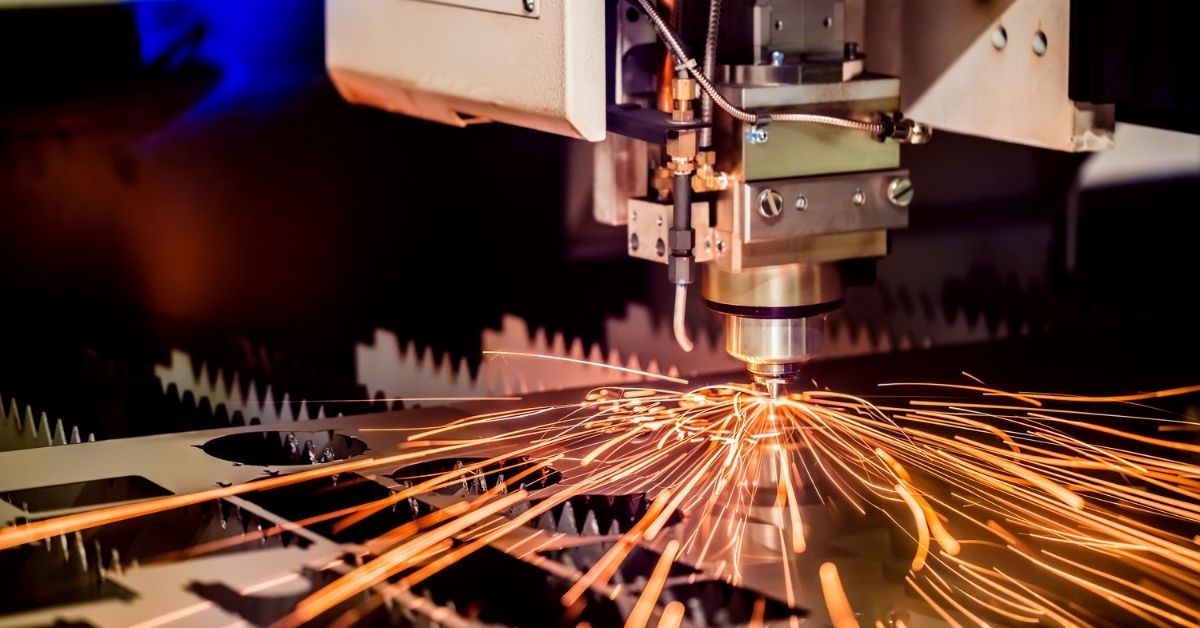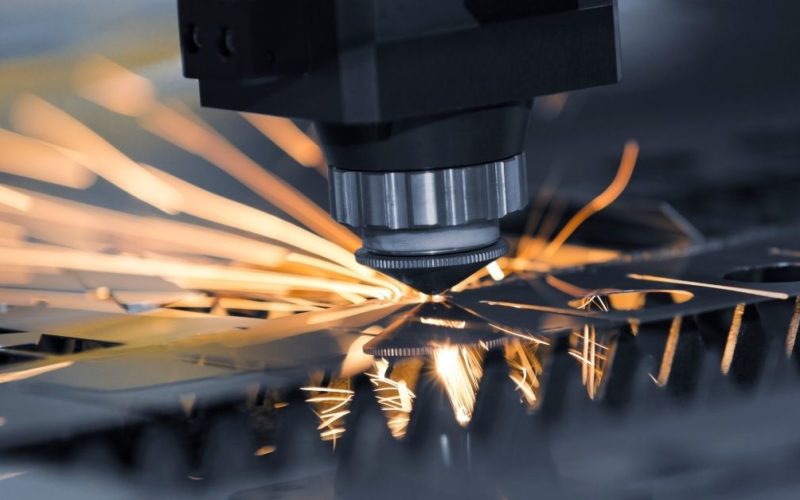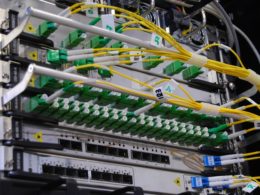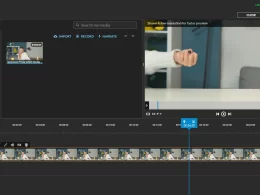A Computer Numerical Control (CNC) or CNC milling machine uses subtractive machining technology to produce complicated parts for a variety of industries. The milling machine cuts the workpiece and produces the last part using the 3, 4, or 5 axes. Depending on the number of axes the (Computer Numerical Control) CNC Machining Services Sydney has, the final part can be even more complicated and complicated. Various industries use a Computer Numerical Control (CNC) milling machine, including the aerospace and medical industry, to produce complicated parts.
The Computer Numerical Control (CNC) milling process works according to the machine, reads the coded instructions, and then puts them into operation. It all starts with the development of a 3D CAD file representing the last part. Once finished, the design is converted to a machine-readable format. Computer-aided manufacturing (CAM) software exports it to a Machining Services Sydney machine program, usually in G-code format, which then serves as instructions and directs every movement of the machine.

This replicates the CAD design of the selected material with a high degree of accuracy and efficiency. High and low quantities of highly complex and complicated parts can be produced using CNC milling machine technology. The milling machine uses a rotating cylindrical tool called a milling cutter to remove material from an empty piece of metal.
Depending on the type of milling machine used, the machine can cut at different angles and move along different axes. The last part will first be designed using CAD or computer-aided design before being inserted into the milling machine for final CNC Routing Sydney production.
CNC Milling machine
A milling machine makes high-quality parts that have a high level of detail and finish. The design of the part and instructions from the CAD file is what the computer numerical control milling machines use to cut the material. The function and coordinates of the milling machine are controlled by the milling machine computer, which requires minimal human input for its completion.
Computer Numerical Control (CNC) milling machines have been developed to produce many components of different materials and plastics in mass production. The main function of a Plastic Manufacturers Sydney milling machine is to mechanically cut a workpiece into the desired shape.
According to several factors, some milling machines are more suitable than others. The complexity of the Computer Numerical Control (CNC) milling process depends on the final design of the component. The more important structural and high-quality the part or product, the more complex the design can be. A more complex machine may be needed for complicated designs that require high precision.
This is to achieve the final design, finish, and aesthetics. It is possible to make base parts for more general use without the need for high-quality manufacturing. Additional milling is required for complex and complicated designs. Often, milling machines use 3, 4, or 5 axes. For simpler designs, fewer axles are required to achieve the final design. The cutting tools are attached to a spindle that operates on 3 linear axes. In general, simple geometries can use a 3-axis Metal Engineering Sydney milling machine.
Excellent accuracy can be achieved with the 3-axis machines, which are easy to program and operate. The cutting tools in question can rotate at thousands of rpm, which means that even the most stable materials can be cut easily and accurately.
3-axis machines are the most common type of milling machine and can cut vertically (z-axis) and in x and y directions. It’s not usually possible to process undercuts with a 3-axis milling machine. A more complex milling machine is required for more complex designs.
The cost of Computer Numerical Control (CNC) milling depends on several factors. The costs of CNC milling depend largely on the time it takes to process each part. Longer milling times could be due to the need to remove large quantities of hard material or materials. Depending on the component design, some parts may include more complex tools or cuts. The complexity of the material and parts is one of the factors that determine the cost of milling.













